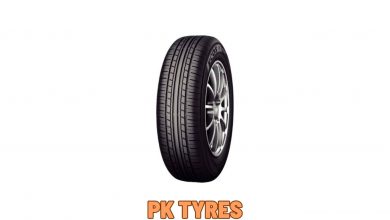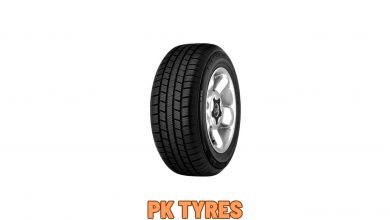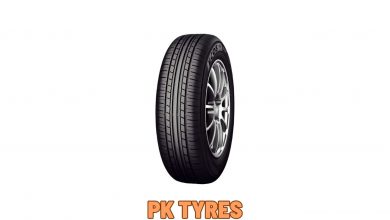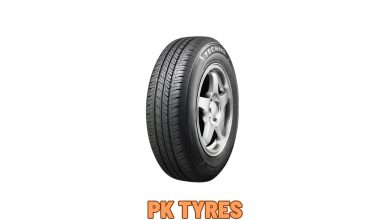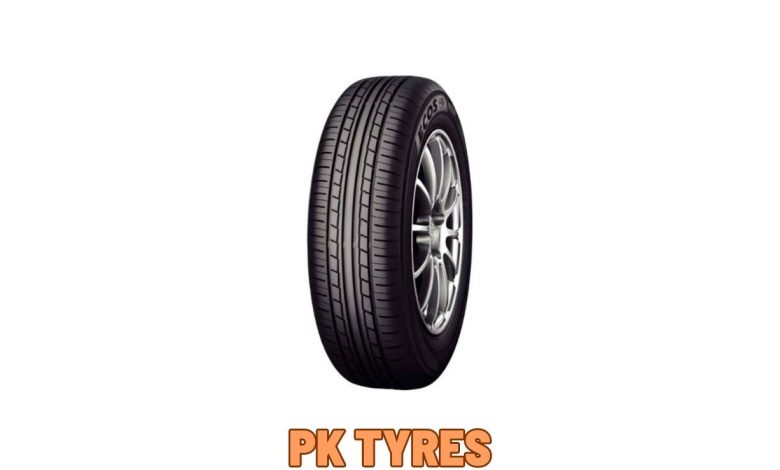
Want tyres that can help save fuel, reduce pollution, and perform well? Check out Yokohama Ecos 145/70/R12. These tyres help you save gas and stay safe while driving well. Let’s learn about Yokohama Ecos 145/70/R12 tyres in this article. We’ll see what they offer, their advantages, and their disadvantages.
Overview
Yokohama Ecos 145/70/R12 tyres are all-season tyres that are optimized for fuel efficiency. Tires are made to help cars use less gas by making it easier for them to move forward. This happens because they reduce the energy needed to move the car forward. The tyres have a pattern that works well on both wet and dry roads. This means you can use them on different types of roads and they’ll still give you a good grip.
Features
1. Fuel-efficient design
The Yokohama Ecos 145/70/R12 tyres help you save gas because they roll easier. This design helps the vehicle use less energy to move, which means it uses less fuel.
2. Symmetrical tread pattern
The tyres have a tread pattern that gives a good grip in wet and dry conditions. The pattern also helps to reduce road noise, resulting in a quieter ride.
3. Long-lasting tread
This tyre is built to last longer than others, so you can drive more miles with every set.
4. Environmentally friendly
The Yokohama Ecos 145/70/R12 tyres are designed with the environment in mind. They make things that are better for the earth using cleaner materials and don’t let out as much pollution because they are designed to use less fuel.
Benefits
1. Improved fuel economy
One of the main benefits of Yokohama Ecos 145/70/R12 tyres is improved fuel economy. The car uses less energy to move forward, because of its special design. This makes it use less gas.
2. Better handling
The tyre’s pattern helps it grip well in wet and dry conditions, so it’s good for different roads. This can lead to better handling and a safer driving experience.
3. Reduced road noise
Yokohama Ecos 145/70/R12 tyres have a special design in their tread pattern. This design helps to reduce the noise from the road, making your ride quieter.
4. Long-lasting
The tyres are made to last a long time. They last longer than other tyres, so you can drive more miles before you need new ones.
5. Environmentally friendly
The Yokohama Ecos 145/70/R12 tyres are designed with the environment in mind. They make things that are better for the Earth. Their machines use cleaner materials and don’t create as much pollution.
| General XP 2000 II | General XP 2000 II 145/70 R12: A Detailed Review and Buying Guide |
Drawbacks
1. Limited size availability
Yokohama Ecos 145/70/R12 tyres are not available in many sizes, which is a problem. They are designed for smaller vehicles and may not be suitable for larger vehicles.
2. Reduced traction in snow
The tyres work well on dry and wet roads, but they may not grip as well as other winter tyres on snow.
Conclusion:
Yokohama Ecos tyres are awesome! They save fuel, help the planet and give a better driving experience. They have some limits, but the tyres are good for saving fuel, last a long time, are eco-friendly, and cost less.
FAQs:
Q1. What kind of vehicles are Yokohama Ecos 145/70/R12 tyres suitable for?
These tyres are suitable for smaller vehicles such as compact cars and hatchbacks.
Q2. What is the expected lifespan of Yokohama Ecos 145/70/R12 tyres?
The lifespan of these tyres can vary depending on driving conditions and habits, but they are designed to be long-lasting and durable.
Q3. Are Yokohama Ecos 145/70/R12 tyres suitable for use in snow and ice?
These tyres work well when it’s wet or dry, but they might not be as good as winter tyres on snow and ice.
Q4. Can Yokohama Ecos 145/70/R12 tyres help me save money on gas?
These tyres help you save gas money by rolling easier, so they can increase fuel economy.
Q5. Are Yokohama Ecos 145/70/R12 tyres environmentally friendly?
These tyres are eco-friendly. They use materials that are safe and produce fewer emissions than other tyres.

